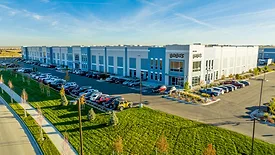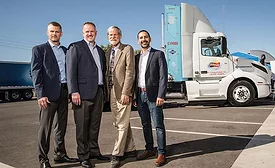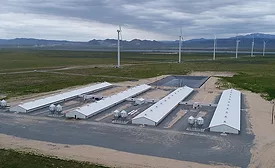Home » alternative energy
Articles Tagged with ''alternative energy''
Solar Power
MICT Signs Partnership Agreement to Build Solar Energy Plant to Power Food Processing Facility
February 23, 2023
Investing in Sustainability
While every company wants to be completely sustainable, where investments get made sometimes need to be strategic. This is a look at but a few possible decisions and what’s driving them.
January 20, 2023
Tech Update
Reduce Your Energy Usage, but Know Where to Start
There may be some energy-savings steps you haven’t yet taken.
October 5, 2022
Sustainability
Sustainability has its rewards—tangible and intangible
Suppliers and food processors work together to create projects that save energy and money—and show they’re responsible corporate citizens
March 4, 2021
Partner with utilities to cut costs, improve your corporate sustainability image
Learn about resources to save money on power and be a good steward of natural resources
October 19, 2020
Energy savings
Packaging machine company turns toward the sun
Solar power helps Viking Masek save some big bucks
January 9, 2020
Sustainability
Smithfield Foods starts biogas gathering projects in two states
Systems will collect renewable biogas and ship it to natural gas pipeline systems, helping to fuel the energy grid
June 11, 2019
Elevate your expertise in food engineering with unparalleled insights and connections.
Get the latest industry updates tailored your way.
JOIN TODAY!Copyright ©2025. All Rights Reserved BNP Media.
Design, CMS, Hosting & Web Development :: ePublishing











